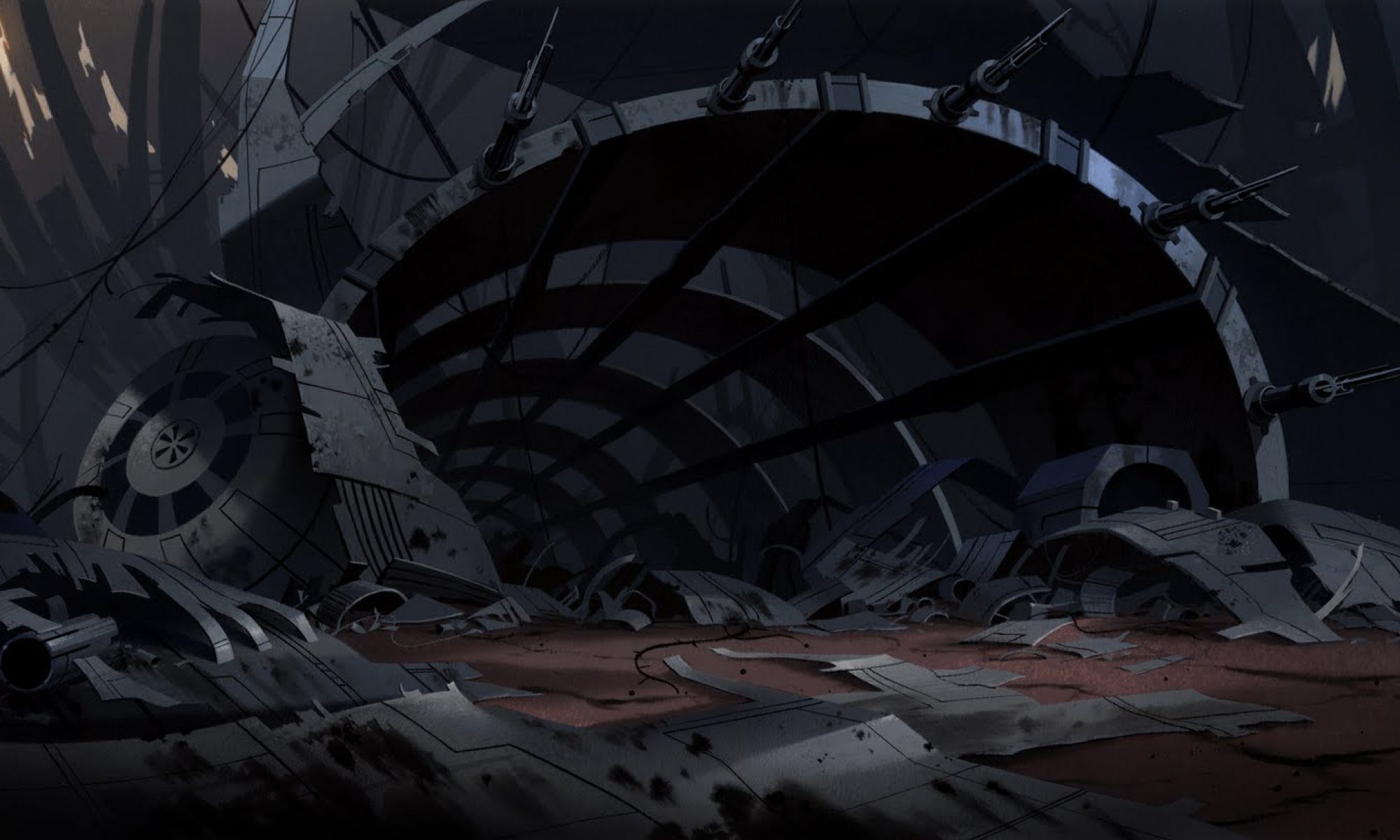Specialized vocabulary in, “Touching the Void,” by Joe Simpson
Chapter 3: Storm at the summit.
Specialized vocabulary, or technical jargon, is used frequently throughout “Touching the Void,” to give a better image of the situations the men are in.
This technical jargon isn’t always explained to the reader in full detail leaving out large chunks of the images Joe is trying to create. This is because Joe values character over environment when it comes to telling his story. The narration of the story involves a lot of talk about the environment the men are in but focuses more on what they’re thinking and feeling. I think the reason for this is Joe wanting the reader to be able to understand the character and really feel a connection with them so when something goes wrong or the men are victorious when overcoming challenges, you get a better idea of how they feel.
Slang and technical jargon
- Frostbitten
Frostbitten, as stated in the word, relates back to the condition of frostbite, the result of being exposed to extremely cold temperatures for long periods of time. Frostbite freezes skin and tissue, usually around the hands and feet, until they turn black and are completely solid.
This term is important in this section of the text when the two men are out climbing the mountain after dark. With the sun gone and temperatures dropping, Joe and Simon had to find a location in which they could dig out their snow cave to sleep in overnight. Because it gets so cold up in the mountains at night, frostbite is a very real and very dangerous threat the men may have had to overcome if they were unable to find a cave site. - Visibility
Visibility is how far a person is able to see with a certain amount of light or weather conditions affecting their eyesight.
Visibility is an important concept in this section of the story because, as I mentioned previously, the men were out at night with very low visibility. The treacherous terrain of the mountain, Siula Grande. This could have been potentially devestating for Joe and Simon as situational awareness is key when climbing and having only visibility would be a major burden. - Axes
Axes are a tool used by climbers to get leverage when climbing icy faces.
Ice-axes are an essential addition to Joe and Simon’s inventory of climbing equipment. The axes allow them to gain leverage on the icy slopes they must traverse and, withuot them, would not be able to get anywhere near the peak. Ice-axes are important in this part of the story because, they help make the hard climbs a lot less difficult. - Belayed
The word belayed refers to the technique of belaying in which one person applies and releases tension on a rope whilst the climber also atached to the rope climbs the wall.
Belaying is an important idea in this part of the text, as a trend shown in this chapter and throughout the rest of the book is the trust involved in the relationship between Simon and Joe. Belaying involves a huge amount of trust in person holding the rope as if they were to let go or release tension on the rope, a fall from great height would most likely be fatal. When Joe and Simon belay one another they are literally trusting one another with their lives. - Snow hole
A snow hole is, as the name states, a hole in the snow, used as a temporary shelter particulary by climbers.
This term is important in this part of the text because a snow hole is the only shelter Joe and Simon have from the cold and the harsh environment of Siula Grande. One of the major parts of the chapter involves Joe and Simon climbing after dark in attempt to find a sufficient spot to dig their snow hole, eventually coming across a pre-made one.
